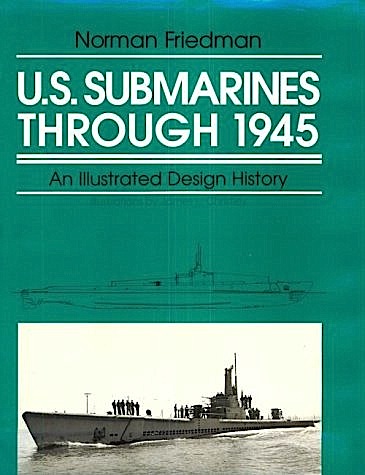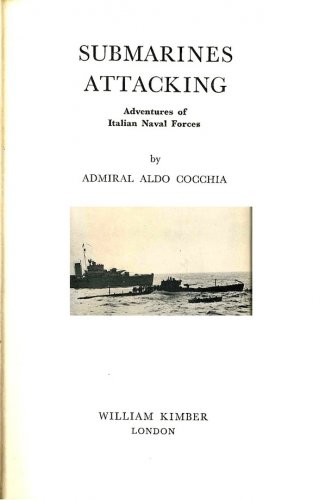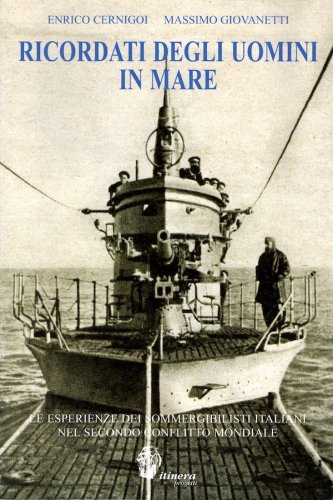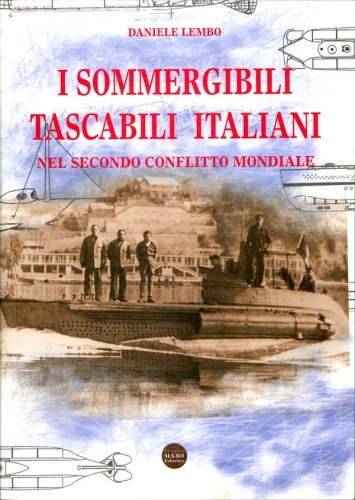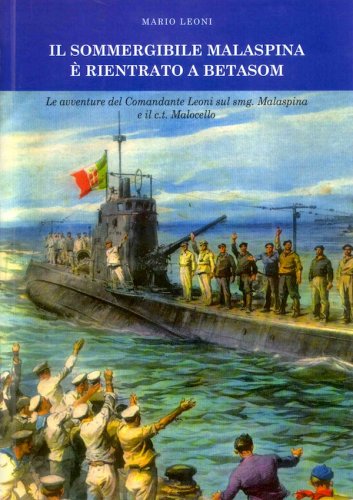U.S. submarines through 1945
an illustrated design history
U.S. submarines through 1945
an illustrated design history
- Disponibile in 7 giorni
- Possibilità di reso entro 10 giorni lavorativi
- Transazione sicura con carta di credito, Paypal o bonifico bancario
- Spedizione tracciata con SDA
This large-format book, the seventh in Friedman's acclaimed design history series, is lavishly illustrated. Detailed inboard profiles of every distinct type of submarine the U.S. Navy bought between 1900 and 1945 (and also types exported by U.S. builders) show how the submarines changed. The accompanying text and extensive captions show why. For example, cross sections reveal how, before 1919, the Electric Boat Company used its patented inventions to gain and maintain superiority over its main rival, the Lake Submarine Company. Numerous drawings of abortive designs illuminate the choices actually made. The period covered by this book was one of radical change for the U.S. Navy. When the modern navy first considered buying a submarine in 1887, it was a coast defense force confined to the Western Hemisphere. The United States became a world power just as its new submarines offered a way of defending its most distant possession, the Philippines, without tying down an expensive fleet. World War I found U.S. submarines in an unexpected role, countering German U-boats in British waters. Then the situation changed again with unexpected speed. As arms limitation treaties and American politics drastically limited both naval growth and the ability to defend outlying possessions, the United States began to face the real possibility of having to fight across the Pacific. Submarines turned out to be an important part of the solution. They were effective partly because they were backed by brilliant technologists, but more so because the submariners showed enormous imagination. One of their own, Chester Nimitz, commanded the U.S. naval forces that won the Pacific.

